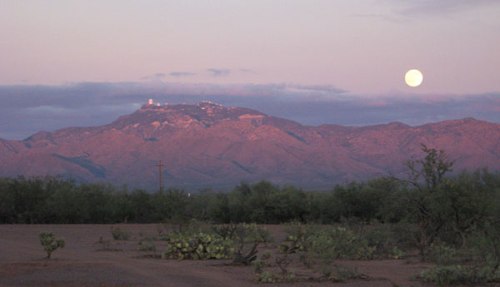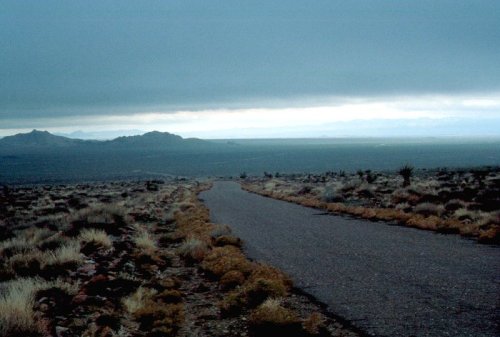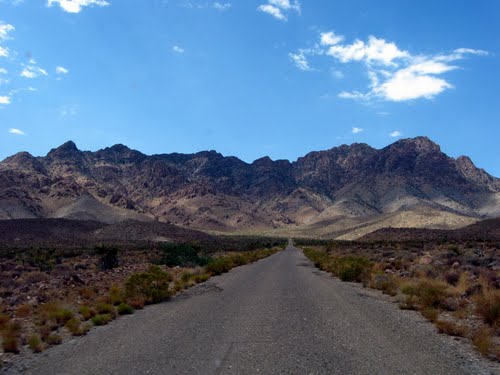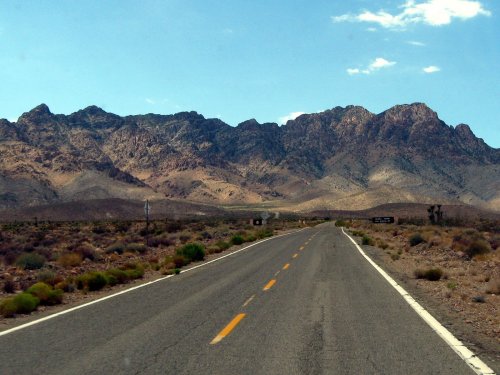“Particular mountains, canyons, streams, boulder-strewn fields or groves of trees have not yet lost the expressive potency and dynamism with which they spontaneously present themselves to the senses. A particular place in the land is never, for an oral culture, just a passive or inert setting for the human events that occur there. It is an active participant in those occurrences. Indeed, by virtue of its underlying and enveloping presence, the place may even be felt to be the source, the primary power that expresses itself through the various events that unfold there.” – David Abram
* * *
http://www.noao.edu/icarchives/all.php
* * *
“Whenever we of literate culture seek to engage an understand the discourse of oral cultures, we must strive to free ourselves from our habitual impulse to visualize any language as a static structure that could be diagrammed, or a set of rules that could be ordered and listed. Without a formal writing system, the language of an oral culture cannot be objectified as a separate entity by those who speak it, and this lack of objectification influences not only the way in which oral cultures experience the field of discursive meanings, but also the very character and structure of that field. In the absence of any written dialogue to speech, the sensible, natural environment remains the primary visible counterpart of spoken utterance, the visible accompaniment of all spoken meaning. The land, in other words, is the sensible site or matrix wherein meaning occurs and proliferates. In the absence of writing, we find ourselves situated in the field of discourse as we are embedded in the natural landscape; indeed the two matrices are not separable. We can no more stabilize the language and render its meanings determinate than we can freeze all motion and metamorphosis within the land.” – David Abram
* * *





